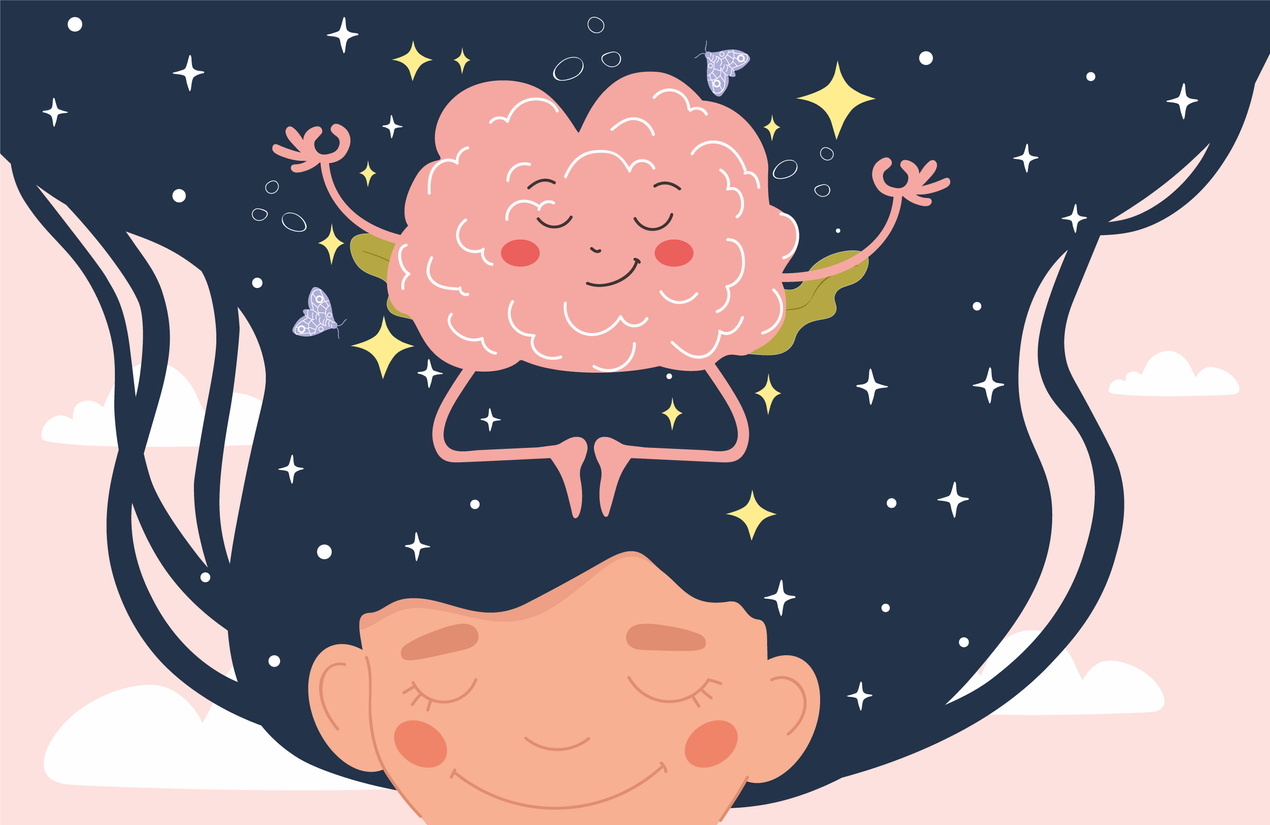Living with Chronic Pain
Alternative and Complementary Treatments for Post-Traumatic Stress Disorder (PTSD)
Source: National Center for Biotechnology Information: U.S. National Library of Medicine: National Institutes of Health, Healthline, National Center for Biotechnology Information: U.S. National Library of Medicine: National Institutes of Health, Mayo Clinic, National Center for Biotechnology Information: U.S. National Library of Medicine: National Institutes of Health, National Center for Biotechnology Information: U.S. National Library of Medicine: National Institutes of Health

Do you find this helpful
Print
Share
Save
In addition to conventional treatments for post-traumatic stress disorder, such as therapy and medications, several alternative and complementary treatments are also available to treat the condition. These treatments include repetitive transcranial magnetic stimulation, acupuncture, hypnosis, meditation and visualization.
- Repetitive transcranial magnetic stimulation (rTMS) is a noninvasive, painless treatment in which magnetic fields are used to stimulate different parts of the brain. The U.S. Food and Drug Administration has approved rTMS for the treatment of depression, but it may also be a beneficial treatment for PTSD.
- Acupuncture, a practice of traditional Chinese medicine, involves the insertion of thin needles into different points on the body in order to provide a physical or mental health benefit. It is thought that acupuncture affects parts of the nervous system and brain that may be involved in PTSD. Therefore, acupuncture may reduce the severity of PTSD symptoms.
- Hypnosis is a potential treatment for PTSD for two different reasons. First, studies show that individuals with PTSD may be more susceptible to hypnosis than individuals without PTSD. Second, hypnosis may allow individuals to safely access memories that may not be otherwise accessible and learn to place those memories in a broader, more positive context.
- Meditation involves the observation of one’s own thoughts, emotions and sensations without judgement. Focus is placed on the present instead of the past or future. Over time, more control is gained over thoughts and memories, including those related to traumatic events. Focus is shifted from negative thoughts and memories to coping skills and problem-solving strategies.
- Visualization involves using the mind to create a peaceful effect on the body. For example, visualizing a relaxing environment can be enough to induce a relaxed physical state. Intrusive thoughts and anxiety associated with PTSD can be mitigated by picturing a place that is safe and peaceful.
These alternative and complementary treatments for PTSD have few side effects and are generally considered to be safe. Consulting a health care provider before adding any new treatment to an existing treatment plan is recommended.


















